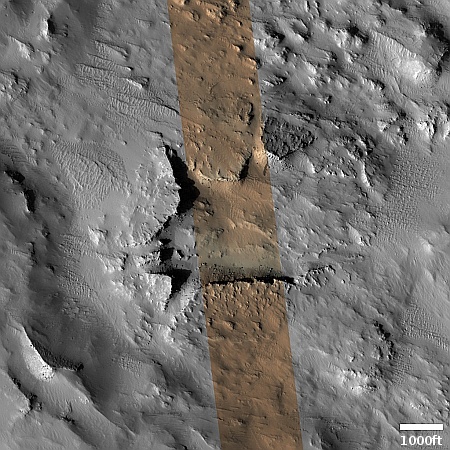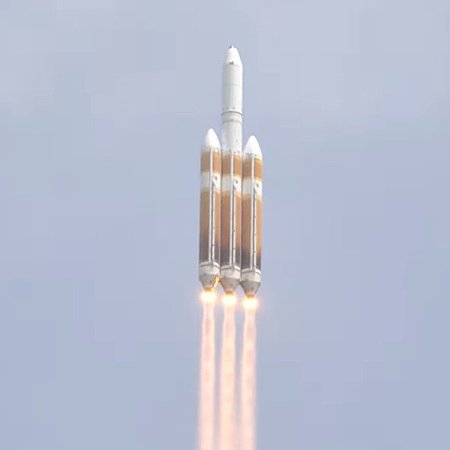Remember: The climate data foisted on us by NOAA is based 30% on nonexistent weather stations

A story yesterday at Zero Hedge noted once again that the yearly global data that NOAA inflicts on us, each year claiming that a new record has been set as the hottest year ever, is all based on fake data, with about one-third of the data created from weather stations that no longer exist.
The problem, say experts, is that an increasing number of USHCN’s stations don’t exist anymore. “They are physically gone—but still report data—like magic,” said Lt. Col. John Shewchuk, a certified consulting meteorologist. “NOAA fabricates temperature data for more than 30 percent of the 1,218 USHCN reporting stations that no longer exist.”
He calls them “ghost” stations.
Mr. Shewchuck said USHCN stations reached a maximum of 1,218 stations in 1957, but after 1990 the number of active stations began declining due to aging equipment and personnel retirements. NOAA still records data from these ghost stations by taking the temperature readings from surrounding stations, and recording their average for the ghost station, followed by an “E,” for estimate.
This is not a new story. » Read more










